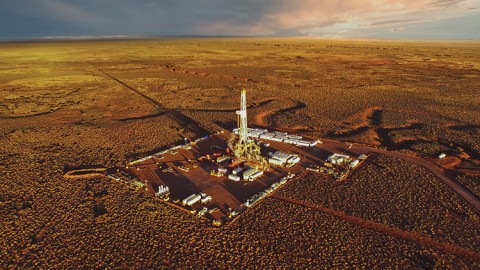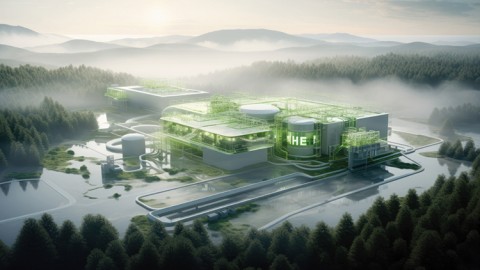In its pursuit of decarbonization, the downstream sector of the oil and gas industry, which includes the refining, processing, distribution, and selling oil and gas products, faces several obstacles. Downstream activities are essential to the sector’s overall carbon footprint since they are the last stop in the supply chain for oil and gas. While companies are starting to feel the figurative and literal heat from environmentalists and policymakers, meeting SDGs is becoming more and more crucial in the oil and gas sector.
General Overview
First of all, decarbonization is a crucial but difficult task for the downstream oil and gas industry, including a blend of technical creativity, long-term strategy, and continuous interaction with regulatory developments. By adopting these tactics, the sector can take the lead in the shift to a more sustainable energy future while simultaneously meeting international environmental regulations. The path ahead is difficult and needs cooperation and dedication from all industry participants.
More than 40% of the world’s greenhouse gas emissions come from the oil and gas industry, which is still subject to scrutiny from all parties involved. As a matter of fact, businesses are putting up sustainability goals and reducing emissions in response to these constraints, but this is insufficient. Just by going through the top 100 businesses in the industry, we are still on course to exhaust the sector’s 1.5-degree Celsius carbon allowance.
The Market
The oil and gas sector must lower its greenhouse gas emissions by at least 3.4 gigatons of carbon dioxide equivalent (GtCO2e) a year by 2050. This is equivalent to approximately a 90 percent decrease from current emissions—in order to contribute to climate change mitigation to the required degree. It is obvious that if petrol and oil use decreased, achieving this goal would be simpler. Prioritizing the most economical solutions will allow the industry to reduce most of its emissions, even if demand doesn’t decline significantly. The least expensive remediation methods will be promoted via process modifications and small tweaks that assist businesses in lowering their energy use.
Furthermore, one way of directly tackling greenhouse gas emissions is through the usage of natural carbon sinks. Using natural carbon sinks, such as soil, vegetation, trees, and seas, to absorb carbon dioxide and other greenhouse gases from the environment and lower the levels in the air, is one way to offset emissions. Every year, trees and plants sequester around 2.4 billion tonnes of CO2.4 In order to act as a carbon sink, the massive Italian energy company ENI has announced plans to plant 20 million acres of forest in Africa. Shell gives Dutch consumers the option to pay to offset emissions from retail petrol; other businesses are investigating ways to finance these offset programs. Depending on the source and the sequestration goal, estimates of the cost of carbon sinks in 2030 vary from $6 to $120 per tCO2e.
Moreover, naturally, efficiency plays a role in every aspect of the sector, but innovative technology tailored to the downstream can have a significant impact. For instance, medium-temperature heat pumps and waste-heat recovery technologies in refineries lower the quantity of basic energy required for distillation. By projecting its needed steam consumption hourly and combining this information into a thermodynamic model to ascertain the necessary requirements for replacement equipment; in fact, one corporation was able to save €15 million in capital expenditures.
The process of producing hydrogen by electrolysis has improved in both cost and technological sophistication. According to Bloomberg New Energy Finance, by 2050, the price of hydrogen may have decreased by up to two thirds. Refineries may be able to lower emissions by running the electrolysis using renewable energy instead of steam methane reforming (SMR), a process known as green hydrogen. Additionally, blue hydrogen, an alternative, combines SMR and CCUS. The local economy, in particular, the availability of inexpensive storage capacity for CCUS or inexpensive renewable electricity—determines how appealing the various technologies are. As suggested by a Green Hydrogen Specialist, “The integration of [Green Hydrogen] is a highly underestimated thing in oil and gas companies, but it is now becoming more and more popular to implement this new technology to help to lower the atmosphere carbon […]so we can tackle environment goals.”
In conclusion, in accordance with global climate targets, the oil and gas business must cut carbon emissions at all costs. With a particular emphasis on the downstream industry, which includes sales, distribution, and refining, the industry should investigate different methods of reducing carbon emissions, global strategies, and the financial effects of decarbonization. It is also essential that strict laws, financial rewards, and cutting-edge technology all work together to accelerate decarbonization, with different economic results depending on the location.








